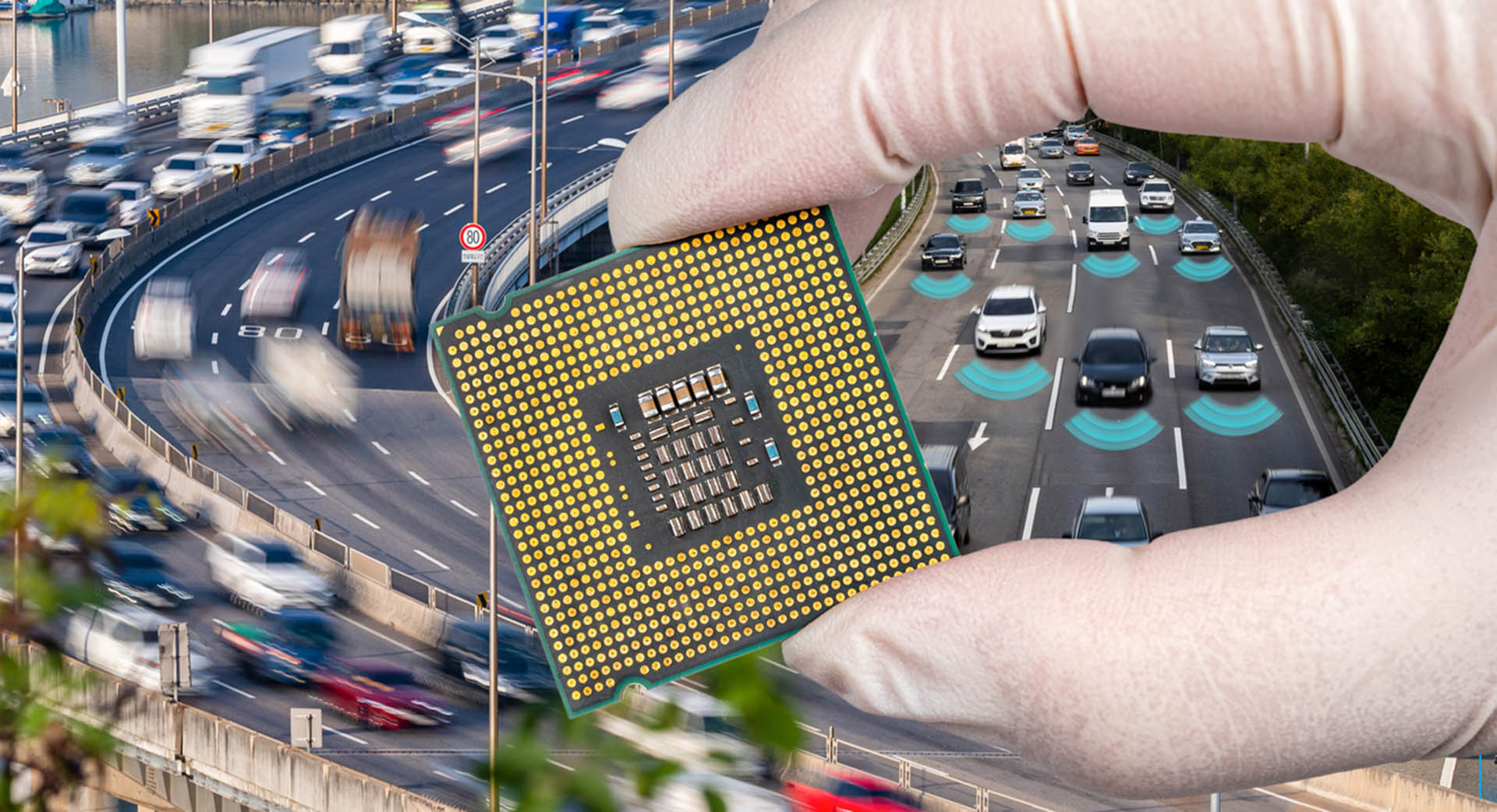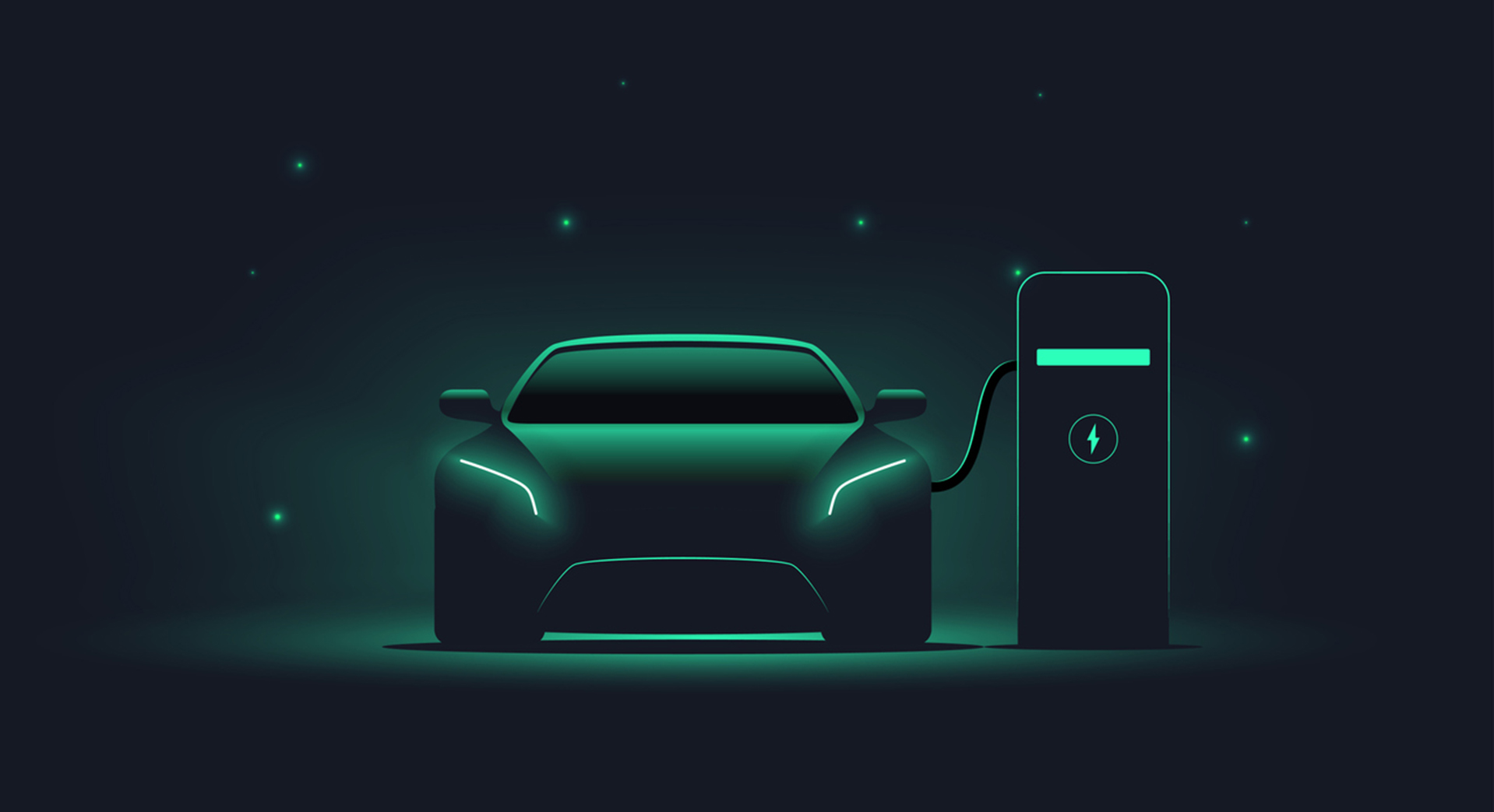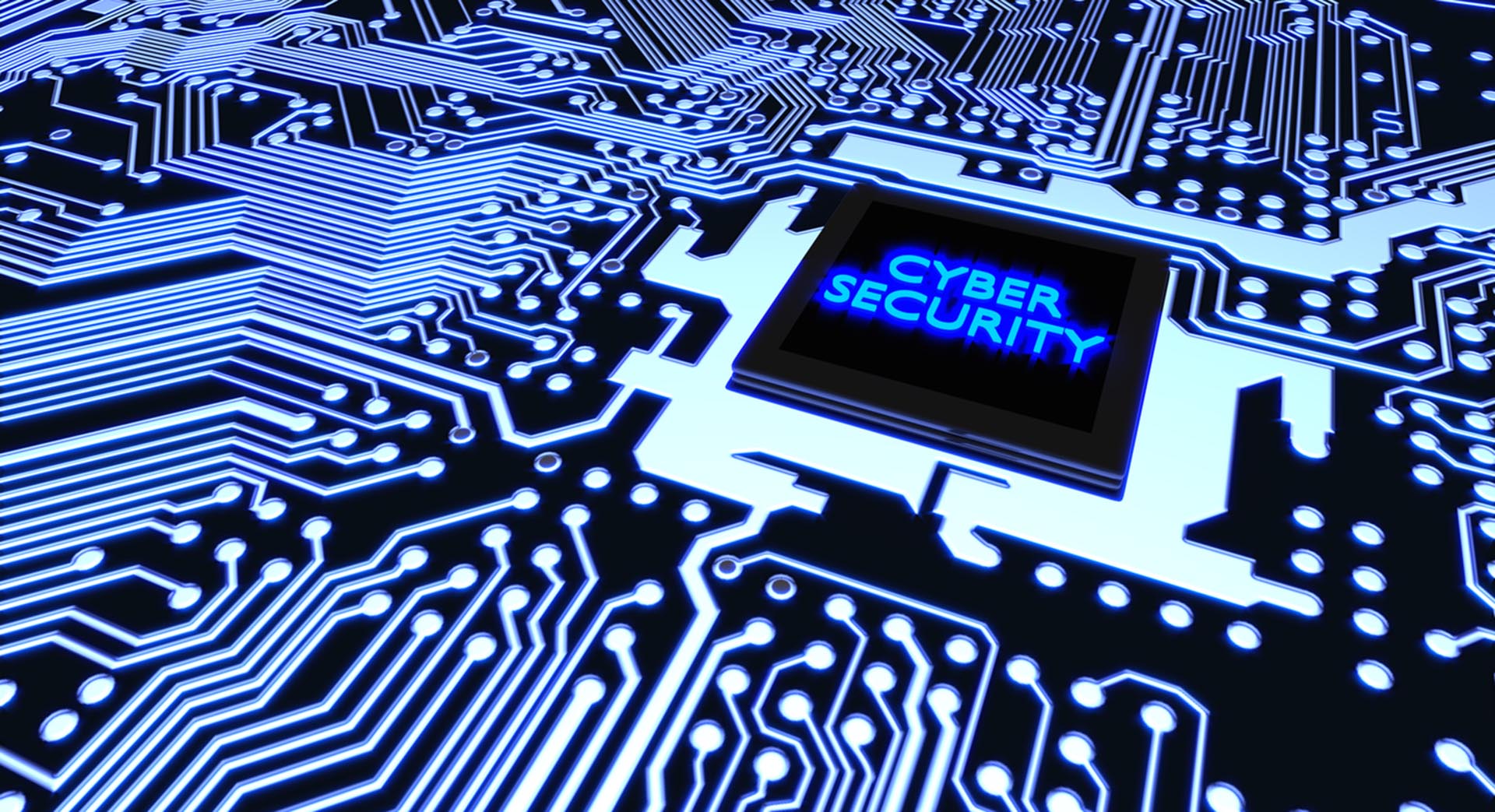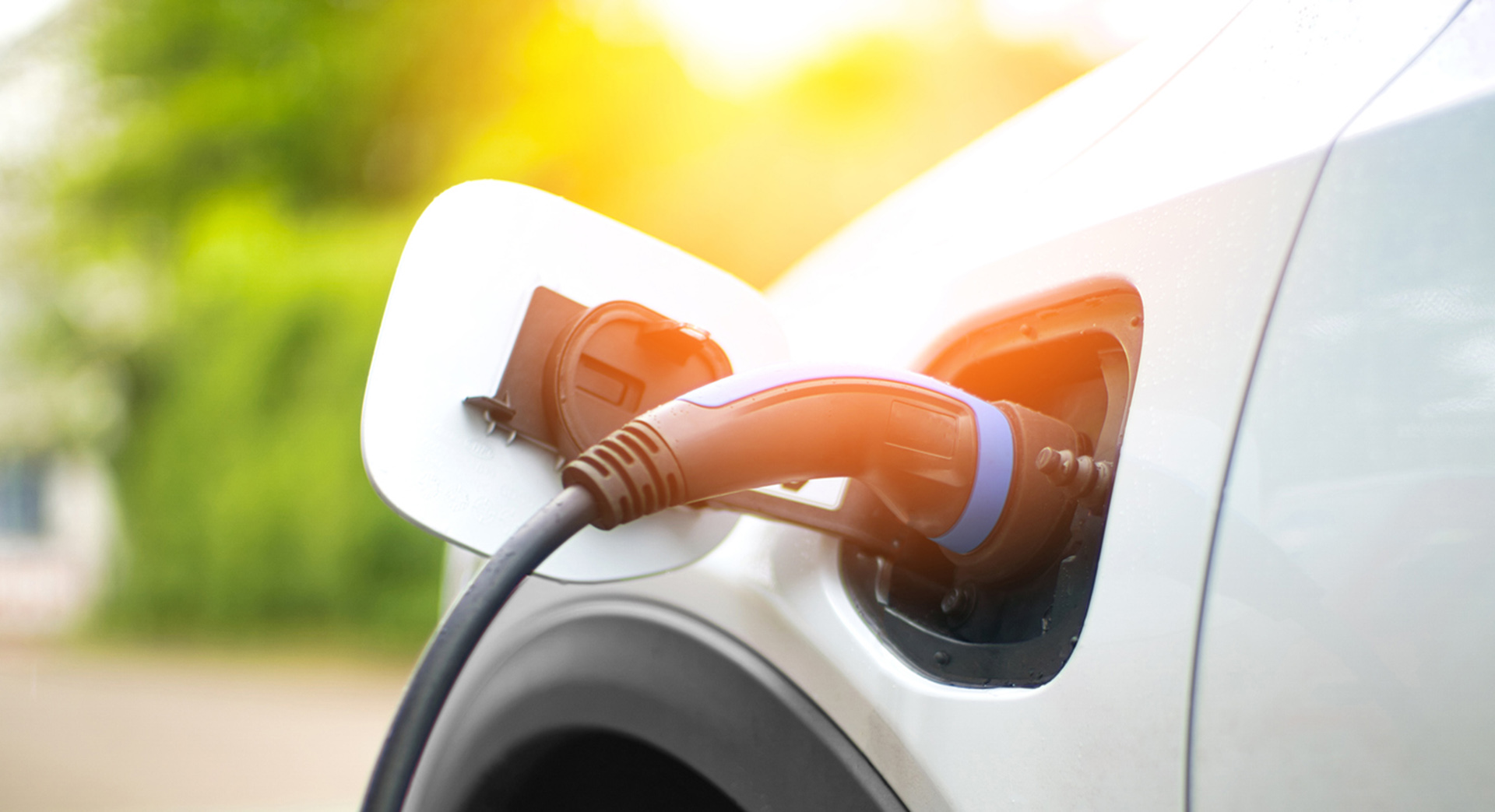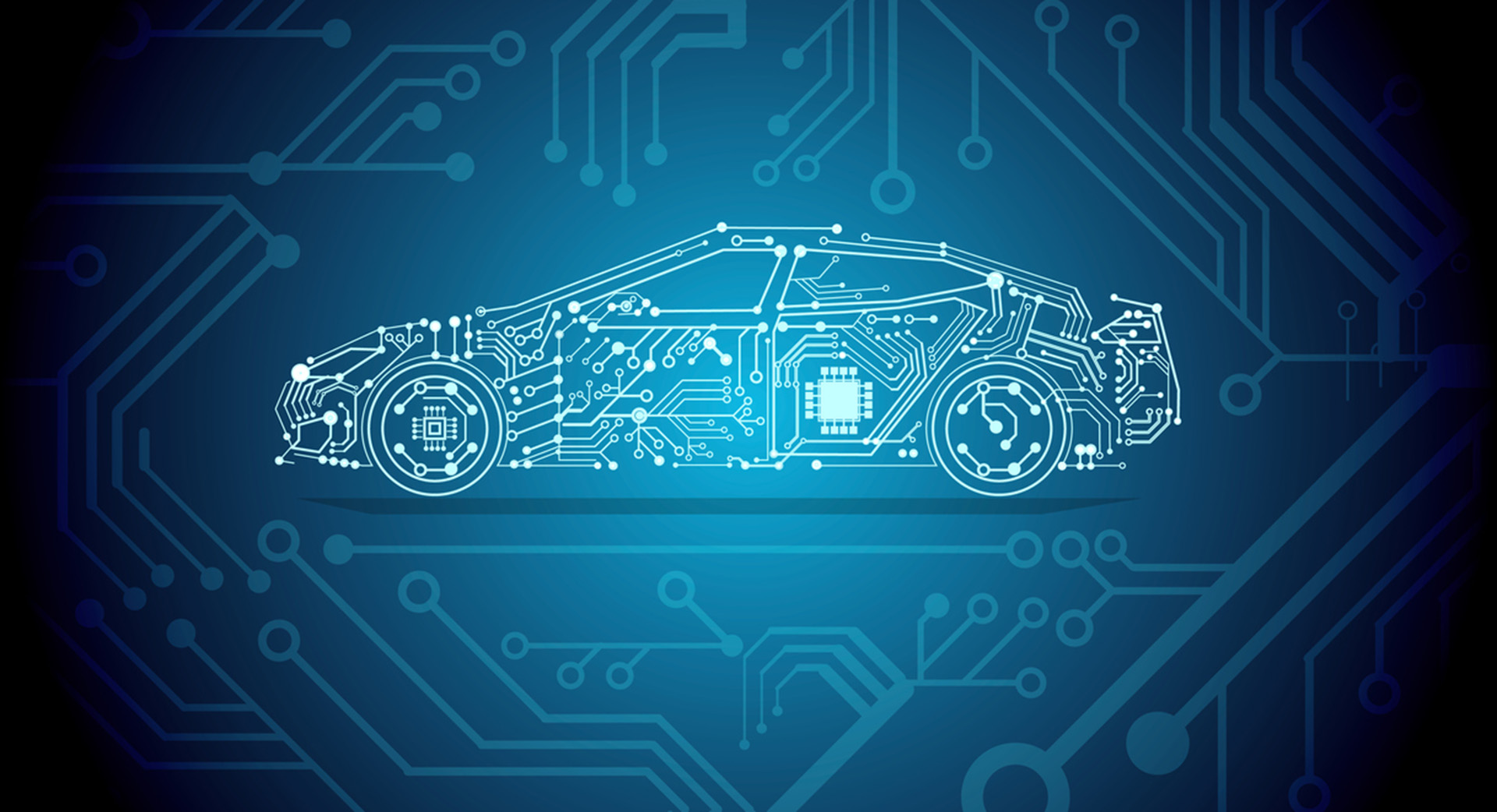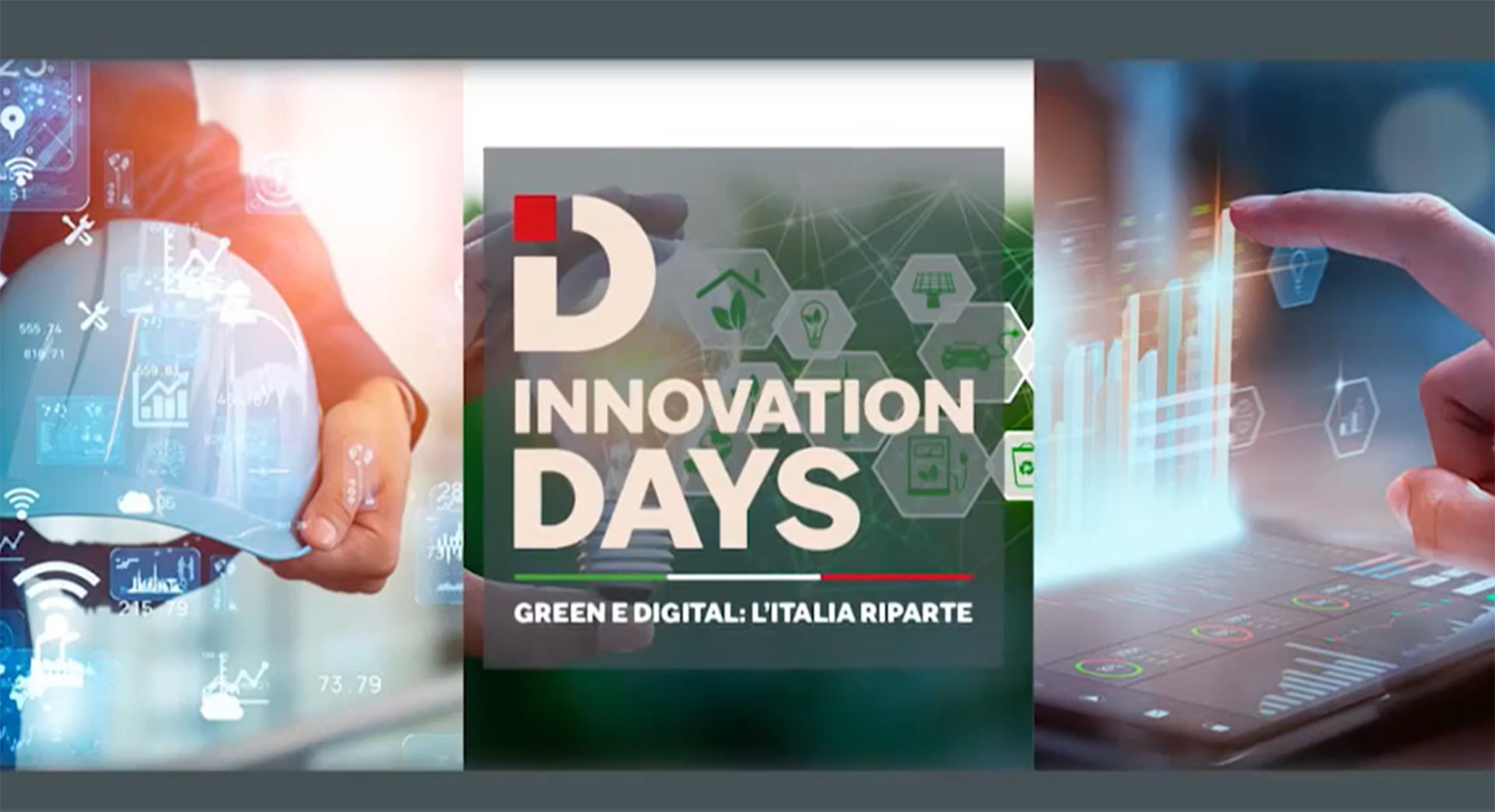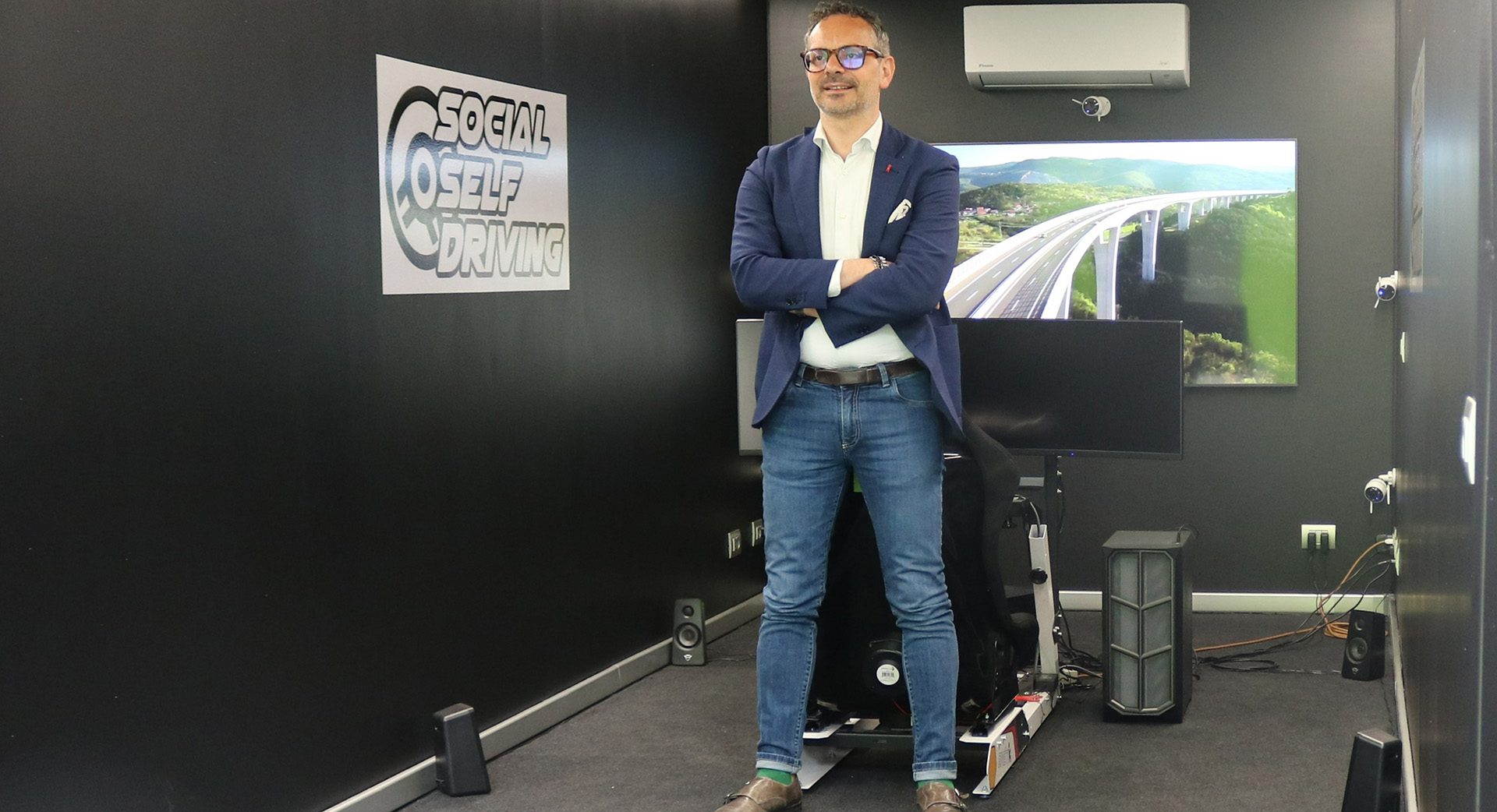On 8 June 2022, the EU Parliament confirmed the stop of sales of cars with internal combustion engines from 2035. The only exception admitted concerns car manufacturers that produce fewer than 10,000 cars per year, to which an extra 12 months are conceded and, therefore, for which the obligation starts from 2036.
The new Regulation, moreover, has to go through a further and complex approval procedure on the part of the European Council: the “Fit for 55″* package proposed by the European Commission in July 2021, with the objective of further strengthening the “Green Deal”, that is, the EU’s measures to contrast climate change through the limitation of greenhouse gas emissions.
These clear changes imposed on the European car industry are not a complete surprise, as almost all experts and managers in the sector have been saying for some years during sector conferences that private vehicles in the future will be electric, connected and, when the law permits, also self-driven.
Acknowledgement of this political decision will open up predictable scenarios for the Italian and European car industry which, in recent decades, has produced vehicles and components using ICE (internal combustion engine) technology, with engines powered by diesel, petrol and gas.
Market analysis by McKinsey & Company: the experts’ view
During the Motor Valley Fest 2022 in Modena, the speakers expressed their concern regarding the energy transition in progress: there was a sense of edginess on the part of sports car manufacturers and in the supply chain of traditional components, particularly piston engines.
In this regard, the market analysis presented by McKinsey & Company and dedicated to the sports and luxury sector, is very interesting. The analysis, in fact, highlights a Motor Valley luxury and premium car industry which is already undergoing great change, even before the legal obligations imposed by any new EU regulation: the electrification of automobiles and relatively low environmental impact are intangible elements yet concrete requirements for the future purchases of the reference clientele, which is apparently increasingly of a younger age. The lower age of the average customer of Motor Valley Car Manufacturers like Ferrari, Lamborghini, Dallara, Ducati and Pagani obliges the industry to seriously consider the culture, also environmental, which is characteristic of people today in their twenties and thirties.
McKinsey’s research also highlights the importance of exclusivity in design, electronics, software and infotainmentfor new luxury cars, in which breath-taking performance, acceleration, maximum speed and road-hold need to be increasingly combined with a practically perfect digital interface with the user.
From the sample of potential customers analysed by McKinsey, it appears that 58% consider the environmental sustainability of the luxury item to be essential, considering it, at times, as among the main reasons for the purchase, especially when talking of a “Made in Motor Valley” hyper car.
At the same time, while the technical limitations imposed by “Fit for 55” are oriented towards sales in member countries of the EU, there is a large quantity of potential customers of the luxury sector that live and travel with their cars in large metropolises outside the EU where, on the other hand, local public administrations have significantly accelerated, with particular severity, already from 2024, motorised traffic restrictions, especially for vehicles with diesel engines.
Claudio Domenicali, CEO of Ducati Motor Holding S.p.A., has declared that there is great opportunity, within the Motor Valley’s industrial fabric, for a possible development of batteries and components for high-performance electric motor bikes and cars, with reduced weight and high energy density. To respond to the growing demand for electric motor bikes and sports cars, the energy transition offers new opportunities for automotive suppliers specialized in product niches which have developed particularly in Emilia-Romagna in the lasy 70 years.
McKinsey confirms, moreover, that the energy transition is generating new opportunities for producers of electro-mechanical hybrid transmissions for electric vehicles, batteries, battery management systems (BMS), inverters “Domain control units”, “Head–up” displays and sensors like LiDAR and radar for ADAS. At the same time, these electrified elements will be flanked by stable areas, such as structural parts of the bodywork, air-conditioning systems, wheels, tyres and seats.
Enrico Galliera, Chief Marketing and Commercial Officer of Ferrari S.p.A., during his talk at Motor Valley Fest, offered further points of reflection on the strategic commercial importance of electrification, also of sports vehicles. The current purchasers of Ferrari cars seem to complain of the fact that endothermic sports engines are too noisy and cause noise pollution in residential areas. It therefore becomes advantageous to be able to offer high-performance automobiles, possibly hybrid, which can, therefore, be both electric, absolutely silent in urban use, but high-performance in sports use through the use of traditional motorization.
As proof of the fact that Emilia-Romagna is today one of the Italian regions most oriented towards innovated experimentation for the world automotive industry, Mate Rimac, leader and founder of Rimac Automobili, expressed, during the Conference, the intention to establish a car factory right in the heart of the Motor Valley.
There are other interesting findings in McKinsey’s analysis linked to the various automobile segments: the curve of sports and luxury has been rising exponentially at least since 2012, arriving at reaching, in 2021, the remarkable number of 125,000 cars sold (in 2012 the number was only 75,000). This figure is inversely proportional to the sales registered in the global car market, with peak falls in the European generalist market.
McKinsey, finally, urges the automotive sector to invest in product marketing and to constantly search for factors of competitiveness in new vehicles, raising the perceived value, with the objective of attracting potential new customers. Industrial consultants and organisations will, therefore, be required, which are able to interpret and apply what will be the evolution in demand, with due diversification of strategies in global markets.
For the Motor Valley, there are six technological vehicle areas where it can excel at world level: high-performance batteries, light materials, aerodynamics, bio-fuels, on-board CAD software and Infotainment. Another sector of possible differentiation is shared mass mobility, micro-mobility, carsharing, e-scooters, mopeds, and e-bikes.
Reinova is a centre of technological excellence, with the necessary expertise for the electrical transition of vehicles and mobility. Reinova’s role is that of facilitating and speeding up the validation of electrical and electronic components of batteries, strategic for the electrification and intended also for sports, luxury and off-road cars, with production volumes which are medium/small and/or below 10,000 vehicles per year. Thanks to its continuous presence and vision on international markets, Reinova supports its partners in research that aims to create solid foundations on which to develop strategic choices.
GLOSSARY
Fit for 55 – is the climate reform package proposed by the European Commission on 14/07/2021, the objective of which is to reduce, by 2030, total missions of CO2 provoked by the European economy by 55% compared to those in 1990. The European Green Deal provides for total climate neutrality in 2050.
ICE – Internal Combustion Engine. Diesel, gas-oil, petrol or gas (LPG or CNG) combustion engine.
BMS – Battery Management System. Able to manage the charging and balancing of single cells
LiDAR – Light Detection and Ranging – is the technology that measures the distance from an object by illuminating it with a laser light, which is then able to provide high-resolution three-dimensional information on the surrounding environment.Domain control unit – new computerised vehicle control systems
